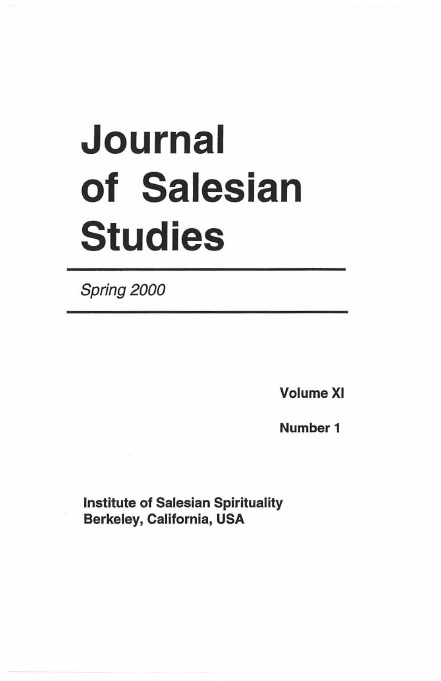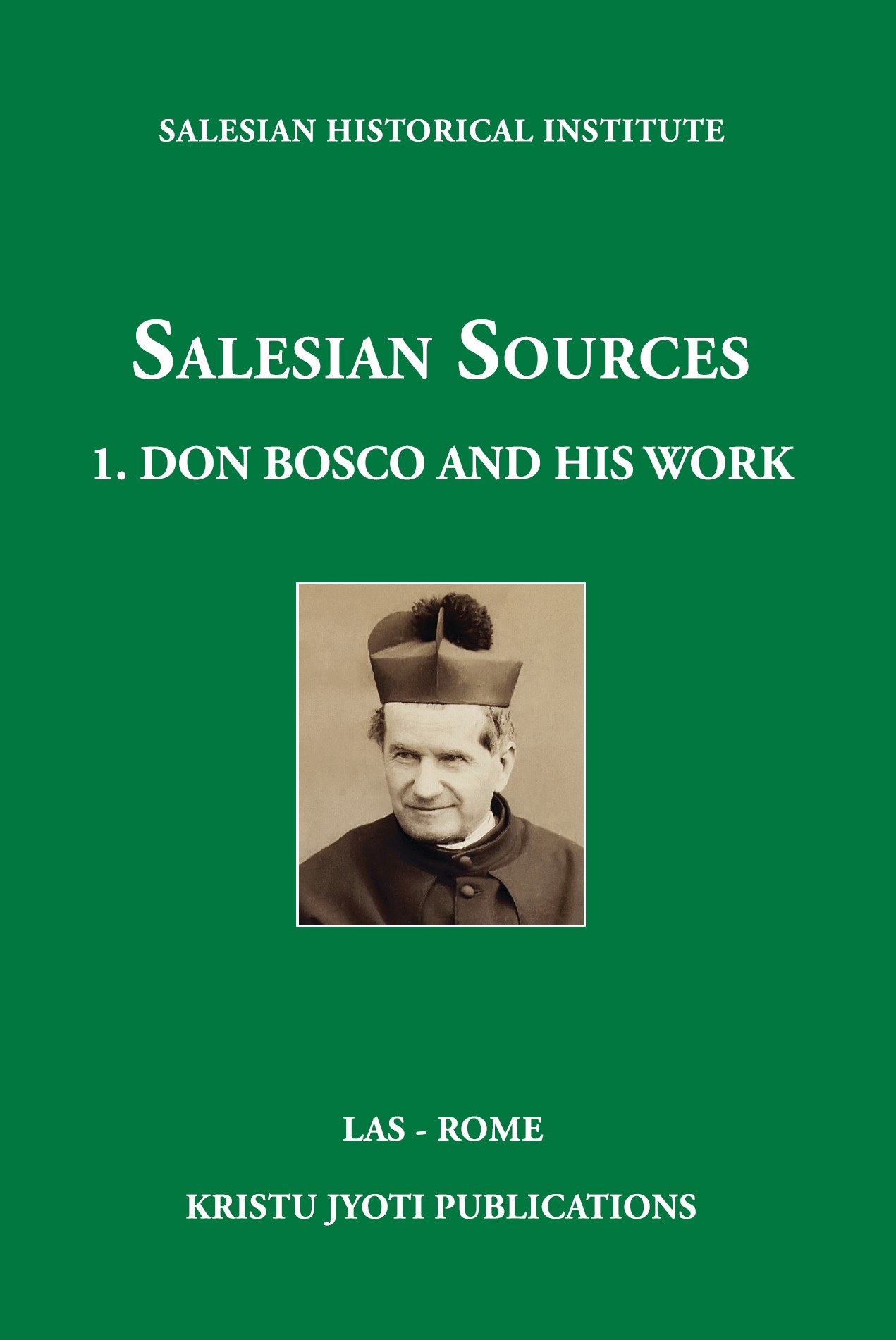Michael Rua (1837-1910) was a pupil, then the lifetime collaborator and finally, the first successor of St. John Bosco as Rector Major of the Salesian Society (1888-1910). During his Rectorate the Salesians grew from 1030 members in 64 houses to 4420 confreres scattered across the globe. Don Rua’s letters to England offer the reader a glimpse of the character of their writer and of the pastoral care he took of a small group of relatively insignificant Salesians in what was very often the inhospitable atmosphere of the British empire at the height of its power.


